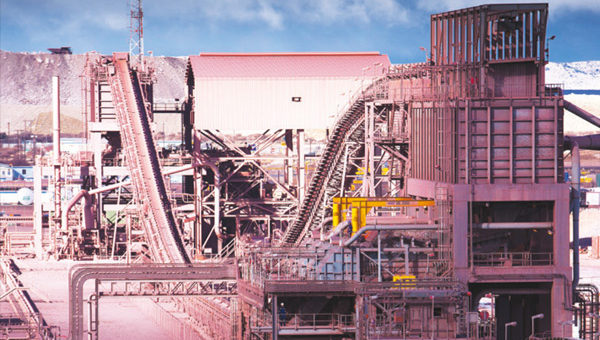Underground Mine Optimisation
Underground Mine Optimisation
- Posted by: Whittle Consulting
- On May 25, 2015
- 0 Comments
The Whittle Consulting “Money Mining” approach
Gerald Whittle, 25 May 2015
Before we begin, we need to agree on the objective and the measure of success. Any commercial enterprise’s primary ambition is to create economic value through cash flow. Like it or not, money has a time value – that is a law of economics/nature, not just an opinion.

Net Present Value (NPV), the sum of Discounted Cash Flows (DCF) is therefore a simple, albeit imperfect, measure of economic value as it accounts for the time value of money. If we are discussing cut-off policy, the optimal policy is therefore the one that maximises NPV (acknowledging that there are other things to consider too).
Secondly, we should not be drawn into talking about “cut-off grade”, it should be “cut-off value”, in the context of “Net Value per Bottleneck Unit”. The “grade” of a block is its metal content divided by tonnes. Grade is a poor surrogate for “Net Value” as different materials have different recoveries and costs to mine and process. The bottleneck in the system, what regulates the rate of Net Value generation, is seldom defined by dry tonnes. It is the “Net Value per Bottleneck Unit” that determines the cash generating rate of the business, and therefore its economic value.
Thirdly, you cannot ask what “the cut-off” is for an underground or open pit mine. The “optimal cut-off” values will be different in every part (zone) of an underground mine due to recovery and cost differences, and will change over the life of the mine due to the opportunity cost associated with when the zone is mined relative to the rest of the deposit.
With regard to the opportunity cost, the general case is: “Early in the life of the mine, when the opportunity cost for mining and processing low value material is high (there being so much higher value material out there in the future) so the optimal cut-off value is generally high. Towards the end of the life-of mine, when the resource has been mostly depleted, there is no more opportunity cost and you may as well mine and process everything above the marginal/break-even cut-off value – there is nothing else to do. In between, the optimal cut-off values will be defined by the grade-tonnage curve, the rock types, the ore body structure, the metal prices and costs levels prevailing, where the bottleneck is at the time, and the steadily declining opportunity cost as the ore body is depleted”. Read Ken Lane, the originator of this concept, for a more comprehensive explanation of this rationale.
Please click here to read the full article.
Find out more about the Whittle Optimisation Model by clicking here and please contact Whittle Consulting should you have any questions about the services we offer.


